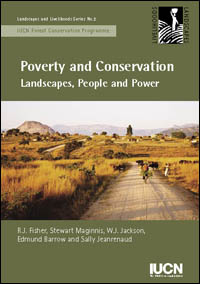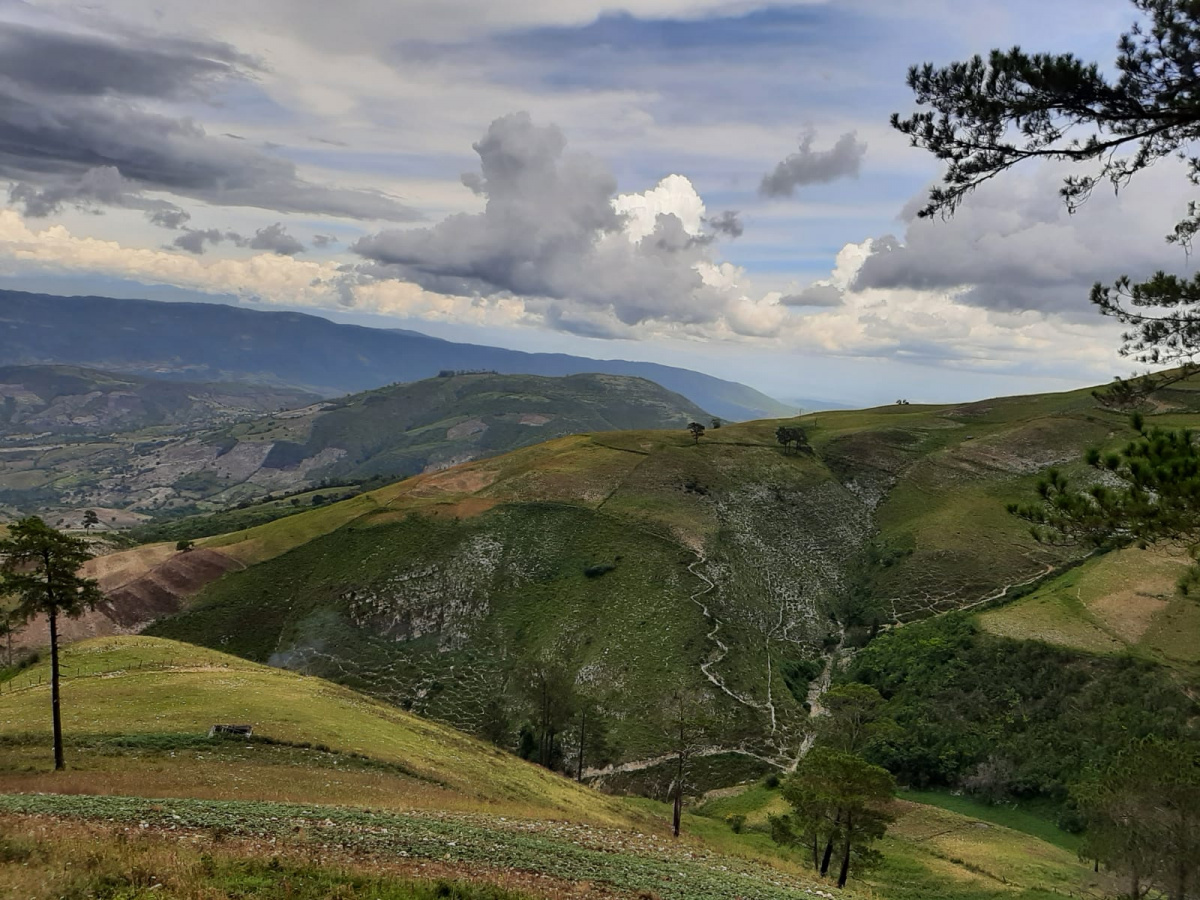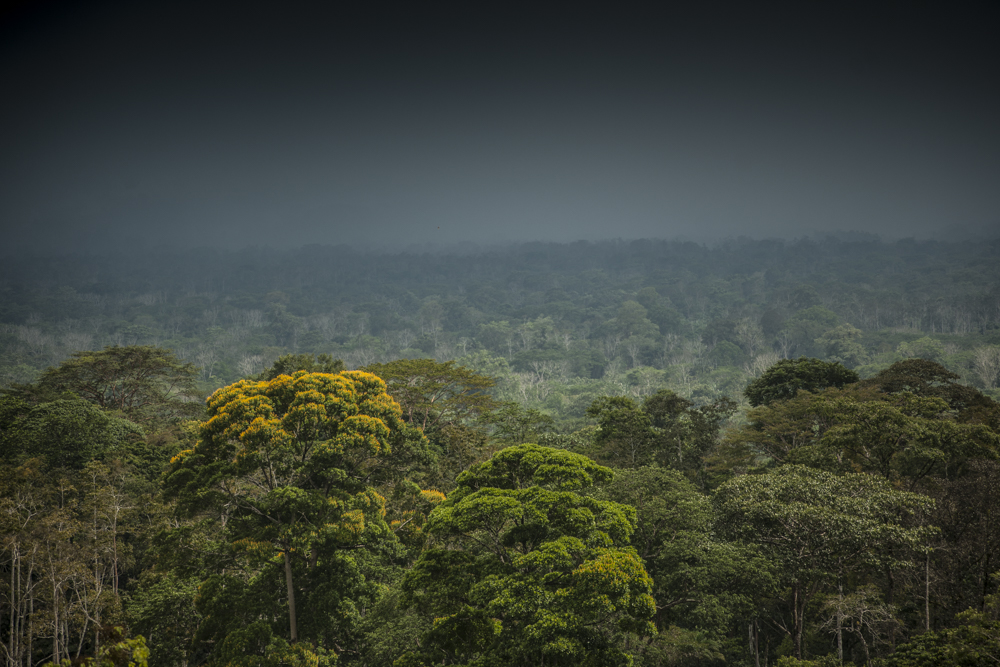Poverty and Conservation: Landscapes, People and Power
| Author(s): | Fisher, R.J. ; Maginnis, Stewart ; Jackson, William J. ; Barrow, Edmund G.C. ; Jeanrenaud, Sally ; Ingles, Andrew W., collab. ; Friend, Richard, collab. ; Mehrotra, Rati, collab. ; Farvar, M. Taghi, collab. ; Laurie, Michelle, collab. IUCN, Forest Conservation Programme ; IUCN Commission on Environmental, Economic and Social Policy |
| Published: | 2005 |
| Series: | Livelihoods and Landscapes Series; Landscapes and Livelihoods Series ; no.002 |
| ISBN: | 2-8317-0880-X |

Photo: IUCN
Gland : IUCN, 2005. xvi, 148p.
ISBN 2-8317-0880-X ; DOI 10.2305/IUCN.CH.2005.FR.LL.2.en
Despite endorsements of the concept of sustainable development and the linking of sustainable development with the Millennium Development Goals, progress towards the eradication of poverty has been disappointing.
High levels of rural poverty in many of the world's most biodiverse regions makes it an ethical and practical imperative to find more equitable and realistic ways of achieving conservation. Livelihoods of the rural poor and options for the conservation and sustainable use of biological diversity are so intimately entwined that they are better addressed through an integrated approach irresprective if the primary motivation is one of development or one of conservation.
The question is not about promoting poverty reduction over conservation, but about acknowledging that both poverty reduction and conservation are important objectives and that it is often necessary to address both in order to achieve either.
Note: Includes bibliographic references



